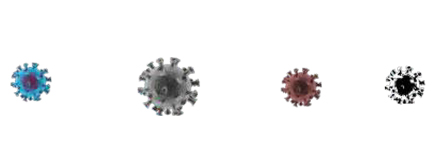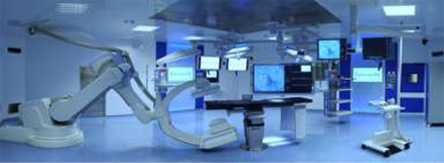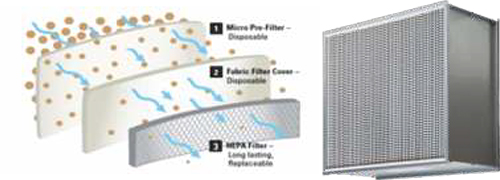
The Healthcare industry uses, Heating, Ventilation, and air-conditioning {HVAC} systems 24 hour-a-day, 7 day-a-week, anytime which has the resources to meet the demands of critical temperature & RH control HVAC systems are also used to prevent the spread of viruses and bacteria has a pivotal role in determining infection rates in the intensive care unit (ICU), apart from its primary purpose of providing comfortable living enables the proper circulation of air inside the building and safe environment for the patients, ICU staff and visitors.
Good architectural design allows the HVAC system designers to properly locate the supply outlets and extraction ports in the optimum locations for those in hospitals: - Surgical, operating, recovery, Diagnostic and treatment, Infection Sources, Control Measures, Air Quality, Air Movement, Temperature and Humidity. Decontamination, high-level disinfection, Mechanical Facilities, and locker rooms.
The goal of HVAC design has remained constant over the years: to efficiently provide safe, comfortable environments around the clock. However, the process continues to be refined and challenged by the codes in effect, requiring energy efficiency of both equipment and system operation.
The ongoing health crisis triggered by the pandemic has brought the debate on IAQ from HVAC industry circles to the attention of the public and the masses. For that reason, HVAC strategies may include protection through increased ventilation, improved filtration, and indoor air-cleaning to contain pollutants and Covid risks. One of the simplest ways - to prevent the indoor spread of any virus - is to increase the volume of outside air that comes into the building. It's better to take precautions through HVAC improvements to reduce the potential for airborne transmission.
In a hospital environment, there tend to be high concentrations, infections are contact, droplet, and airborne transmission of harmful micro-organisms. Virus from an infection control perspective, the primary objective of hospital design is to place the patient at no risk for infection while hospitalized. The special technical demands include hygiene, reliability, safety and energy-related issues.

Another mechanism of air distribution in ultra-clean areas of hospitals is the laminar or unidirectional airflow distribution. Laminar airflow ventilation systems are designed to move air in a single pass with parallel streamlines, usually, through a bank of HEPA filters either along a wall or in the ceiling.
Laminar flow distribution requires a very high volume of airflow and is designed for an air velocity of 90 + 20 ft/min. This unidirectional approach optimises airflow and minimises air turbulence and ensures that any contamination that is generated within the area is quickly and effectively removed. Laminar airflow systems are often used in operating rooms to help reduce the risk of healthcare-associated airborne infections.

HEPA filters Minimum Efficiency Reporting Value {MERV} have a minimum initial efficiency of 99.97 per cent for removing particles 0.3 microns in size. This is a critical point as these filters are being used to remove mould and bacteria, typically 1 to 5 microns in size when airborne, as well as viral particles which are submicron in size.

Ind Air Con Engineers Pvt. Ltd. © All Rights Reserved
